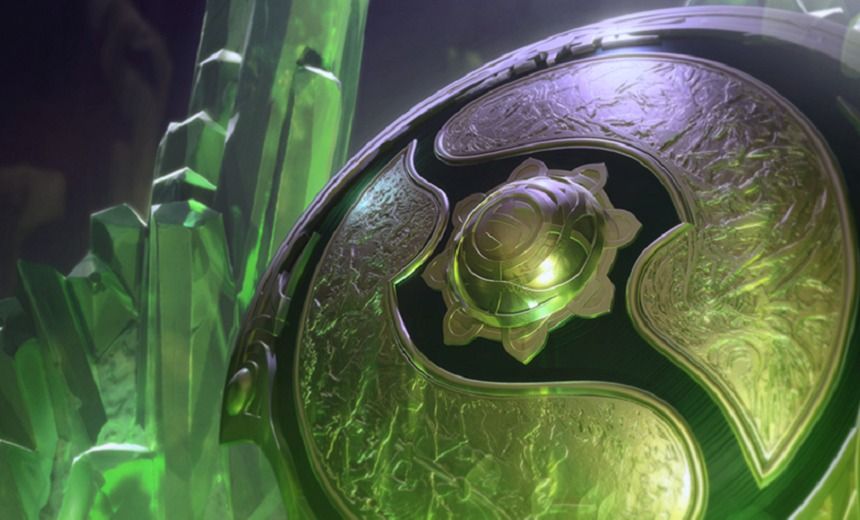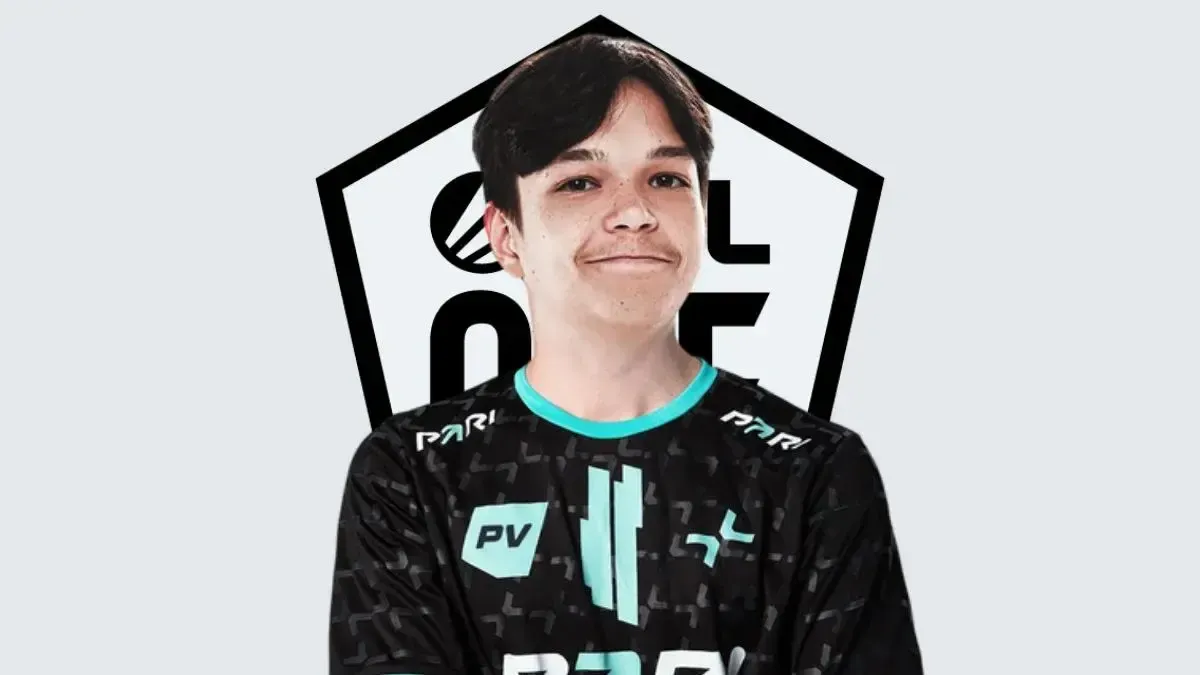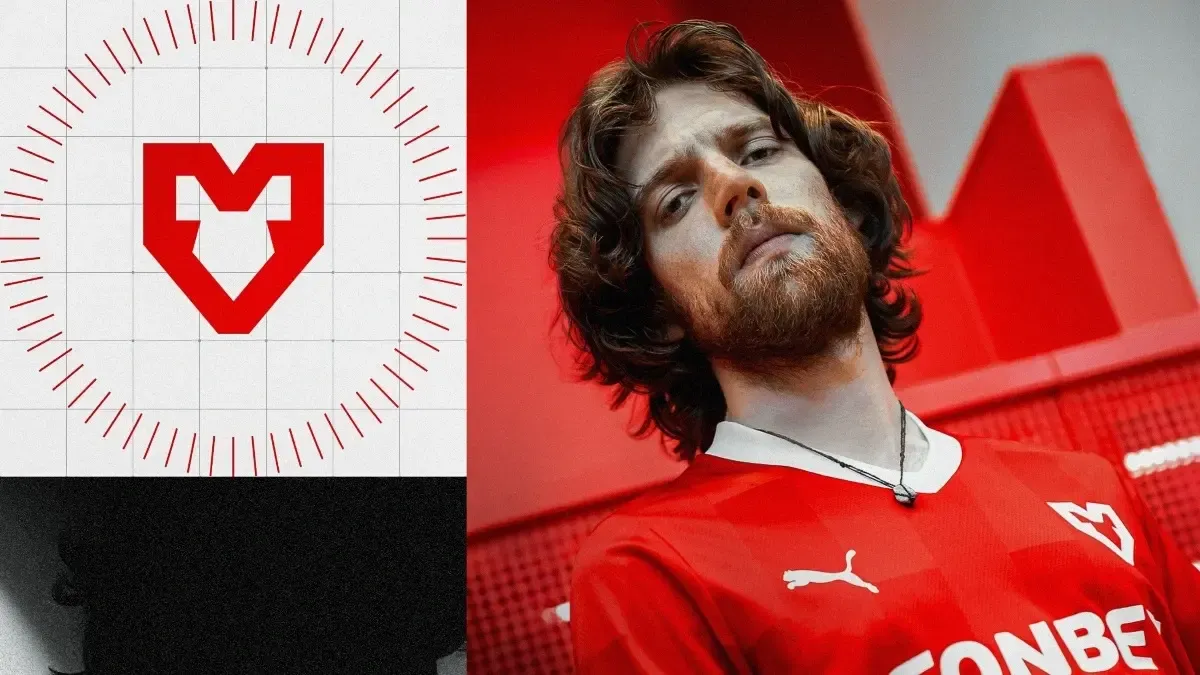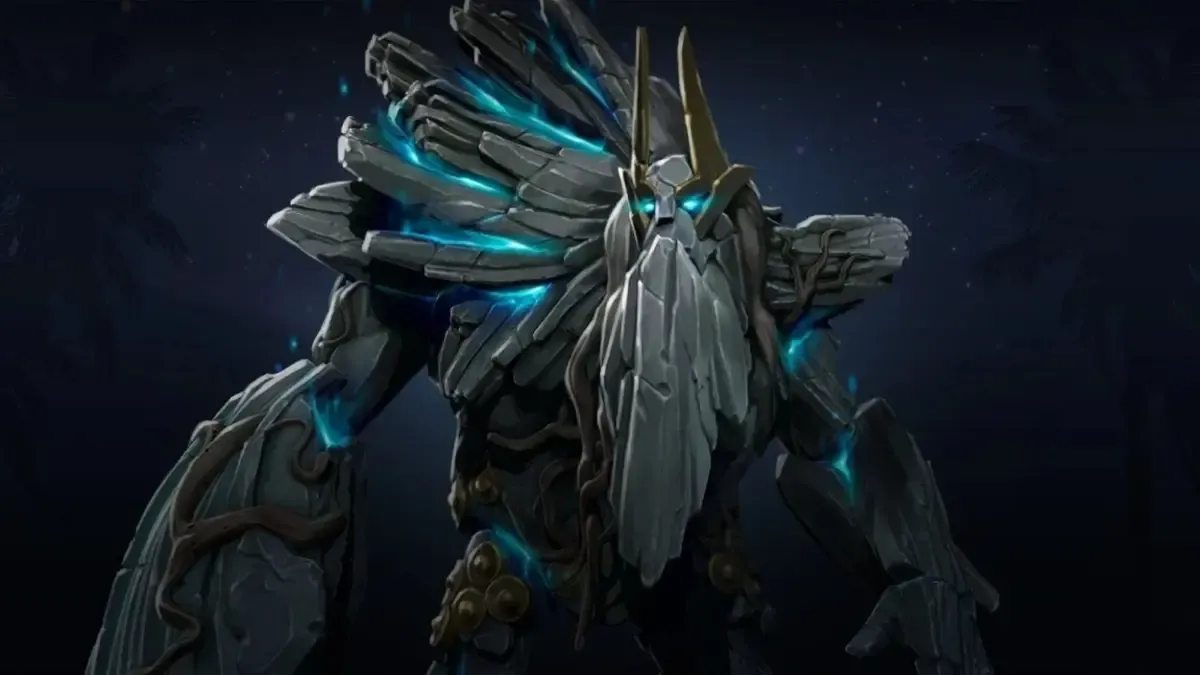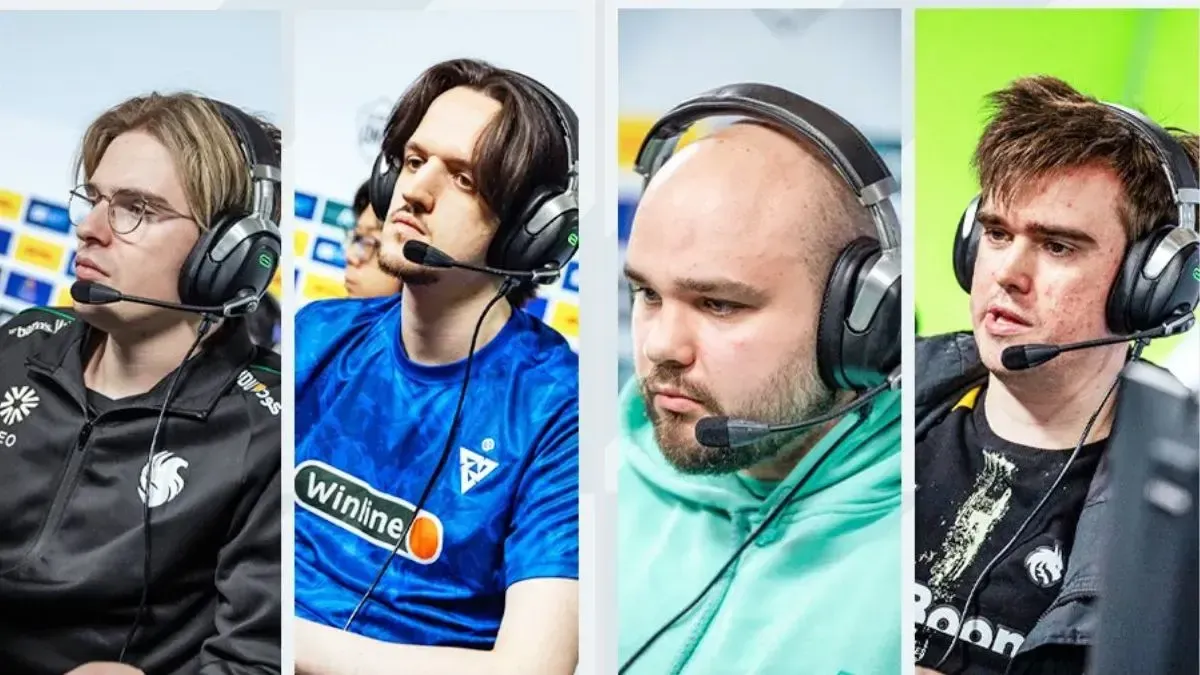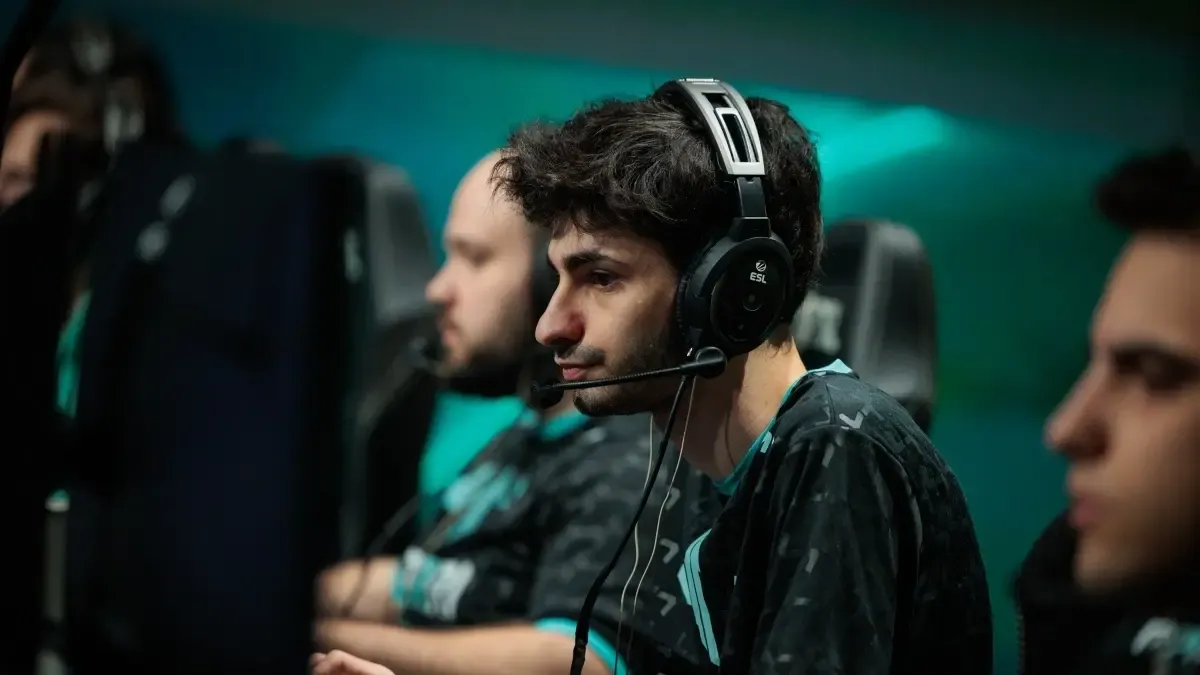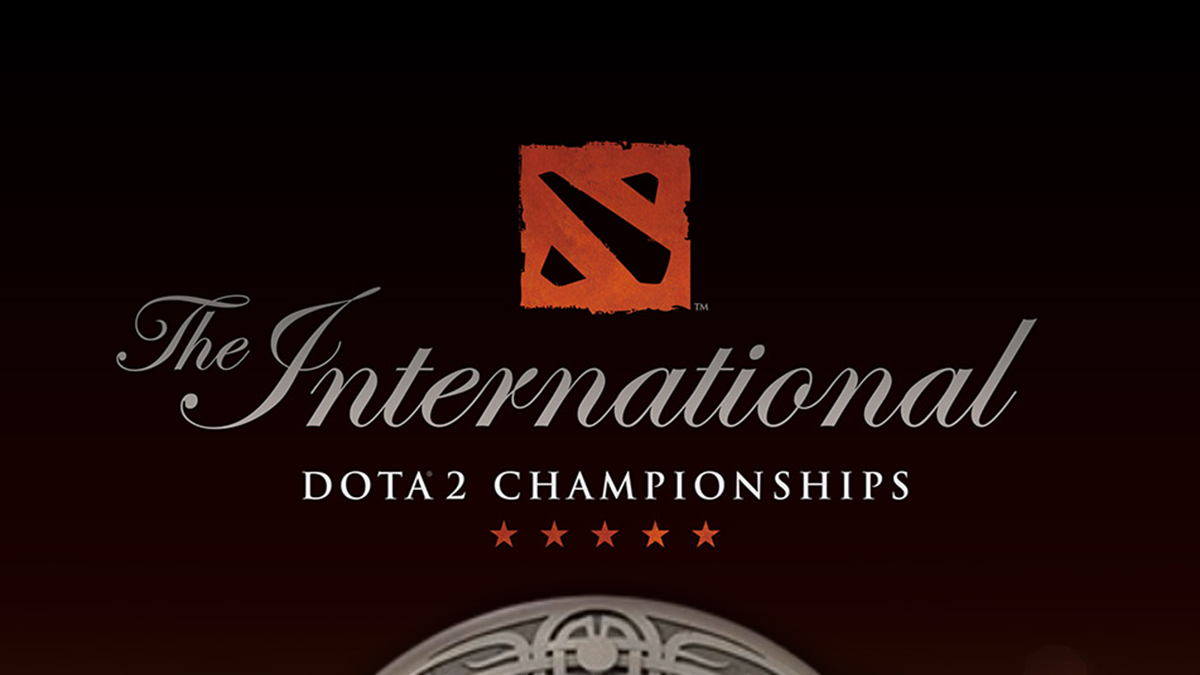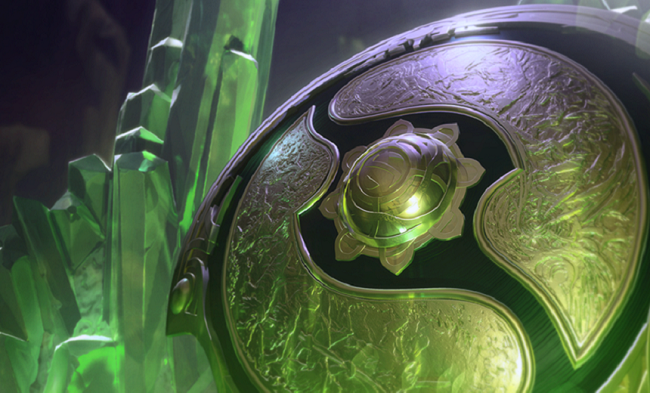
The International 8 (TI8) qualifiers are nearly upon us. Valve released dates via the Compendium in this year’s Battle Pass. Open Qualifiers will run from June 14-17, and Regional Qualifiers from June 18-25. This season, we’ve already seen qualifiers for 22 Dota 2 Pro Circuit (DPC) events. There’s been a variety of different approaches to qualifier coverage: DreamLeague’s in-house studio, jD Studio bringing in casters for ESL’s qualifiers, and many others covered online and remotely.
The International has always been different, inspiring a different degree of all-encompassing coverage. Yesterday, Beyond the Summit and Moonduck Studios released an announcement about this year’s “The International Hub.” Stacked with talent, this endeavor already promises to have some of the best storylines of the year. Not only are the two competing studios joining forces, but the Open Qualifiers are stacked full of tweaked-roster teams ineligible for direct invites. We’re going to need the massive line-up of talent to help us keep track of all the action!
Let’s look at how qualifiers have been covered so far for the DPC, peek at last year’s TI coverage, and consider what we know about and can expect from The International Hub.
DPC Regional Qualifiers
Qualifiers this year have been smushed together into multi-week breaks in the grueling LAN schedule. Tournament admins have tried to work with each other and teams to ensure the overlap has been as non-disruptive as possible, but conflicts have happened and erupted into Reddit threads and tweet storms.
The volume of games this year has rendered us a little fatigued on the whole thing, and we’ve come to expect a product with a low production value. Faceless casters working on back-to-back games for hours, grinding out casts so there’s coverage, but with very little to no production support shouldn’t be the standard. Qualifiers are an important component of Dota 2’s professional scene. Some teams rise and fall within them, while others whip through qualifiers handily before finding success—or getting thrashed—at the main event.
I’ve written in the past about viewer fatigue, and the volume of games produced by the qualifiers has been a big part of that. For me, the series covered by remote casters blended together. They could be great games with quality casting, but they still failed to stand out because there wasn’t anyone narrating the overall arc of the qualifier for me to emphasize the significance of what I was watching. I think DreamLeague stood out for broadcasting a unique production that made their qualifiers quite engaging. It was a well-rounded effort with plenty to entertain viewers between Dota 2 games, and it solidified Owen “ODPixel” Davies and Ioannis “Fogged” Loucas as a must-have casting duo.
Adding to the packed Qualifier schedule has been the prevalence of Open Qualifiers. Not every tournament had Opens but many did, and that added to the overall potential number of games to watch.
Open Qualifiers in past years have presented up-and-coming casters with an opportunity to make their mark and gain some notice while covering lesser-known teams, last-minute stacks, and the bigger teams who missed out on direct invites to Regionals for whatever reason. This year, we’ve had so many Open Qualifiers that they’ve lost their shine. They feel less like a unique opportunity and more like an expected part of the landscape. Because there’s been so many players, teams, and tournaments to keep track of, I feel like I’ve missed out on storylines that began at the Open Qualifier level.
This will change for TI8, as so few teams remain eligible for direct invites to the Regional Qualifiers. Opportunities will abound for casters to follow their favorite stack of players through Opens, taking viewers on a unique journey along a specific team’s road to TI.
Last Year's Themes
Last year, the English-language coverage was centered around casting hubs hosted by two studios: Beyond the Summit and Moonduck Studios. While there was some official casting done by off-site casters, such as Clemens "Dragondrop" Wloczka, the two hubs provided 24-hour coverage of the qualifiers for each region.
Beyond the Summit themed their hub as the “Hot Hub TI Machine,” producing several content pieces around that concept. The studio's established itself as an industry leader in creating additional filmed content to not only fill time and create memorable memes, but entertain and bring in viewers in their own right.
Moonduck went a different route, presenting their coverage as “The Moonduck Hub: 2.00 Update.” They also provided round-the-clock casting, with notable features including guest caster and NFL player, Blake Martinez, and the popular Caster’s Crucible. The latter was an opportunity for viewers to discover new casters who would tag in and out of games at the whims of Twitch Chat and the folks running the Crucible.
The two Hubs provided different viewing experiences and offered viewers some variety across several days packed full of Dota. Back then, comprehensive qualifiers were still unique to Valve events, and while we’d had three sets of them—one each for Boston, Genting, and Kiev—in the 2016-2017 season, TI7 was still, somehow, a cut above.
United Coverage
So, what can we expect for English coverage this year, now that Open and Regional Qualifiers have become so commonplace? Beyond the Summit and Moonduck Studios have joined forces to create an ultimate hub:
From June 14-25, the International Hub will feature 21 different casters, analysts, and professional players. With a fancy logo combining BTS’ familiar peaks with the Dota 2 Aegis, it’s clear that something special is on its way. The single graphic we’ve seen so far doesn’t provide much to go on in terms of theme; it’s professional, with clean lines, and a slight awards-show/display-of-excellence feel provided by the logo and metallic color scheme. It seems doubtful, however, that the International Hub will be an ultra-professional or elegant affair. It’s unreasonable to expect it from a stream (multiple streams, I expect), that will run for twelve days straight, more than twice as long as last year's efforts.
I anticipate some surprises, high-quality casting, talent who end up extra-quirky due to lack of sleep, plenty of memes, and the best Dota 2 storylines of the year. As a viewer and a fan, I hope this year's Hub adopts the news ticker we've seen from other tournaments as a way to help keep those storylines straight (though maintaining it would undoubtedly be a Herculean effort).
Looking ahead
We already know that next year’s DPC season will be slimmer on events, ten compared to this year’s 22. This will, hopefully, raise the profile of qualifiers across the season. And while I don’t expect TI Hub quality coverage for every event, I hope more tournaments invest in giving their Regionals a unique identity and comprehensive coverage.
In the meantime, I plan to binge as much of The International Hub as possible. There’s bound to be some entertaining hijinks from the talent, but more importantly, the level of competition right from the start of Open Qualifiers has never been higher.
Tell me in the comments below what you're hoping to see at The International Hub this year.

